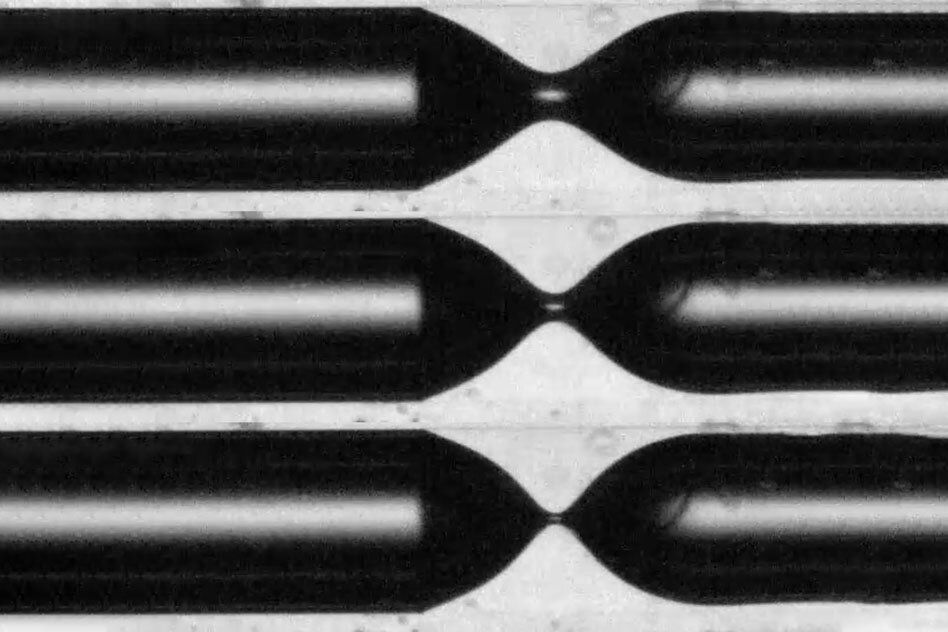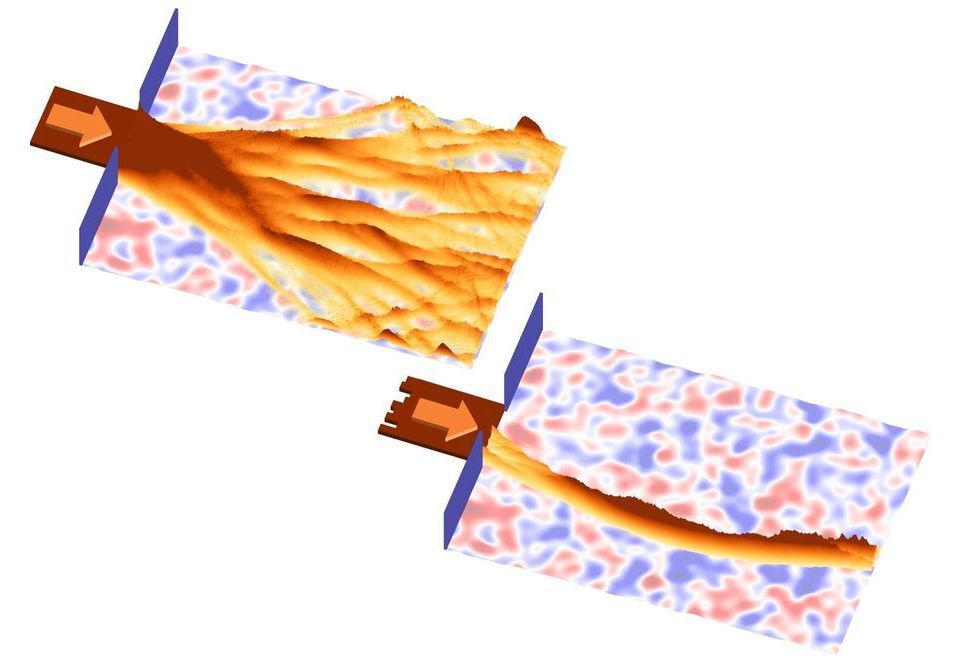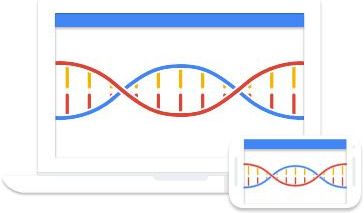
Symmetry is a fundamental characteristic in nature. Understanding the mechanisms that break symmetries is essential to scientific research. Spontaneous symmetry breaking (SSB), in particular, occurs when thermal or quantum fluctuations drive a system from a symmetric state into an ordered state, as it occurs when a liquid turns into a solid. This mechanism allows researchers to classify different phases of matter according to the different patterns generated by the broken symmetry.
In the last decades, topology has also been recognized as a crucial characteristic to describe how matter is organized at the fundamental level. In this case, it is no longer the breaking of certain symmetries, but their conservation, which gives rise to novel states of matter, the so-called symmetry-protected topological (SPT) phases. Different topological phases might present the same symmetries, but they can be distinguished by a global topological invariant, which takes integer values and is preserved under continuous deformations.
Current research in condensed matter physics aims to understand how symmetry breaking and symmetry protection compete, in particular in the presence of interactions. In a recent paper published in Nature Communications, ICFO researchers Daniel Gonzalez and Przemyslaw Grzybowski, led by Alexandre Dauphin and ICREA Prof. at ICFO Maciej Lewenstein, in collaboration with Alejandro Bermudez from the Universidad Complutense in Madrid, report how these two processes cooperate, giving rise to new strongly-correlated topological effects.


















